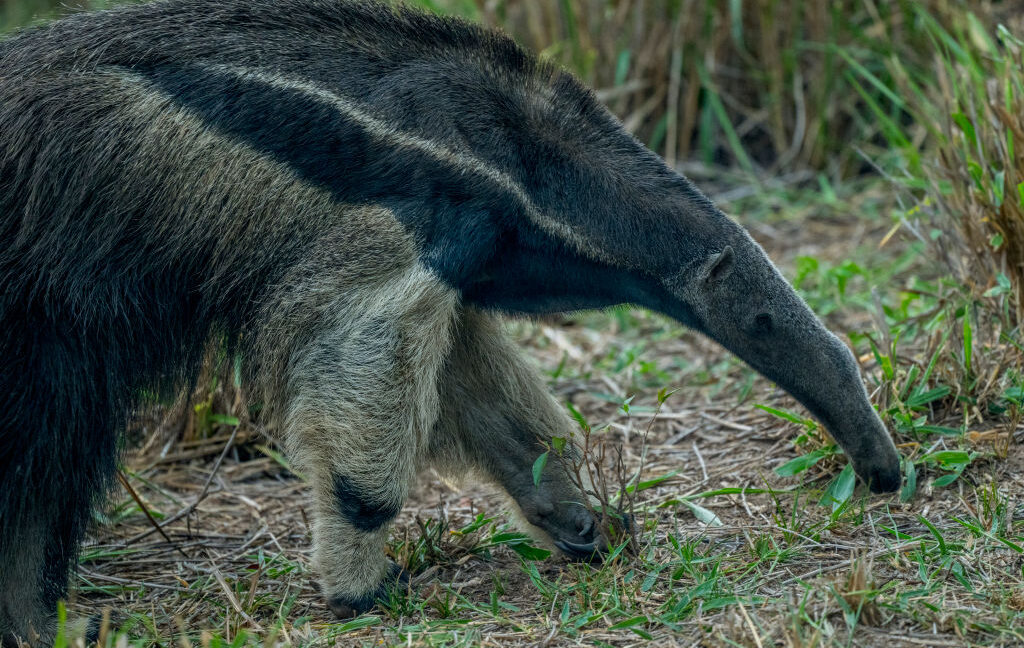Mammals Evolving to Feast on Ants and Termites: A Repeated Path of Convergent Evolution

Over the past 66 million years, mammals worldwide have independently adopted a highly specialized diet of ants and termites at least a dozen times. This remarkable phenomenon highlights how certain dietary niches can drive convergent evolution, leading to similar adaptations across diverse species. From anteaters and aardvarks to pangolins and aardwolves, these so-called myrmecophages share common traits such as reduced or absent teeth, elongated sticky tongues, and highly efficient methods for consuming vast quantities of insects daily.
A recent study emphasizes that these dietary shifts are not isolated incidents but rather repeated evolutionary experiments, each arising independently across different lineages. The findings suggest a correlation between the evolution of myrmecophagy and the increasing size of ant and termite colonies through the Cenozoic era, which provided a dependable and abundant food source. This pattern underscores the influence of prey colony size on predator adaptations, reinforcing the idea that ecological opportunities can shape convergent traits in mammals.
Researcher Thomas Vida from the University of Bonn explained that the number of independent origins of ant- and termite-eating mammals was surprising, especially given how closely these adaptations follow the trends in colony growth over millions of years. These findings shed light on the profound impact that social insects have had on mammalian evolution, prompting further investigation into how ecological pressures can lead to similar evolutionary solutions across unrelated species.



